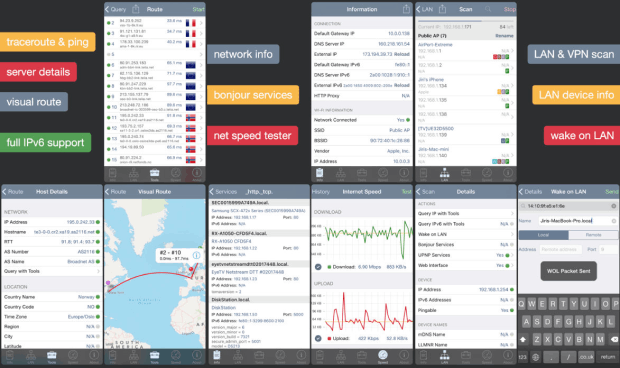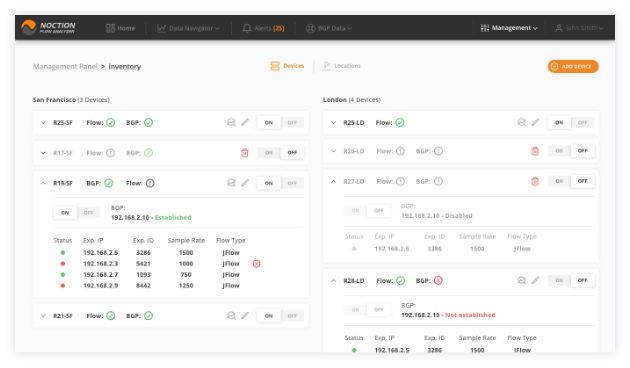

The fields that make up a NetFlow flow record depend on the version of NetFlow supported by the NetFlow exporter.
xFlow, while not a variant, is the generic term often used to refer collectively to all flow record variants (NetFlow, sFlow, IPFIX, J-Flow, etc.). – J-Flow from Juniper Networks, which essentially conforms to NetFlow v5 Other vendor-specific flow record formats that are similar in nature to one of three most common variants listed above (in most cases these are either substitutions or very close adaptations) include:. 
It relies on accurate and reliable statistical sampling methods for documenting flows, thereby reducing the amount of flow information that ultimately needs processing and analysis. sFlow does not sample all packets like NetFlow does, nor does it timestamp traffic flows. sFlow is a similar but importantly different type of flow protocol and data record standard introduced and promoted by InMon Corp.It is sometimes called “NetFlow v10” since IPFIX plays a key role in coalescing all NetFlow variants and equivalents as the standards process evolves the IPFIX specifications over time. IPFIX is an IETF standard flow record format that is very similar in approach and structure to NetFlow v9 (see more on NetFlow version numbering below).
 NetFlow is the technology and term used exclusively by Cisco Systems. While the term “NetFlow” is commonly used to refer to all types of flow records and datagrams, there are actually three important variants in regular use within live production networks: This ongoing evolution of NetFlow has led to several versions over the years with different features. Now, a version of NetFlow protocols have become industry standard for optimizing network performance. Over time, they realized that the network flow data was incredibly useful and it led to an entire branch of network monitoring that several other platforms have copied and rebranded. Netflow was initially developed by Cisco in 1995 to monitor and record all network traffic coming through their network devices. The History of NetFlow and Versions Over Time NetFlow data also supports other network-level monitoring use cases such as DDoS detection and BGP peering. A network operator can use NetFlow data to determine network throughput, packet loss, and traffic congestion at a specific interface level. A NetFlow-enabled device generates metadata at the interface level and sends flow data information to a flow collector, where the flow records are stored to enable network traffic analytics and management. NetFlow is a protocol used to collect metadata on IP traffic flows traversing a network device.ĭeveloped by Cisco Systems, NetFlow is used to record metadata about IP traffic flows traversing a network device such as a router, switch, or host.
NetFlow is the technology and term used exclusively by Cisco Systems. While the term “NetFlow” is commonly used to refer to all types of flow records and datagrams, there are actually three important variants in regular use within live production networks: This ongoing evolution of NetFlow has led to several versions over the years with different features. Now, a version of NetFlow protocols have become industry standard for optimizing network performance. Over time, they realized that the network flow data was incredibly useful and it led to an entire branch of network monitoring that several other platforms have copied and rebranded. Netflow was initially developed by Cisco in 1995 to monitor and record all network traffic coming through their network devices. The History of NetFlow and Versions Over Time NetFlow data also supports other network-level monitoring use cases such as DDoS detection and BGP peering. A network operator can use NetFlow data to determine network throughput, packet loss, and traffic congestion at a specific interface level. A NetFlow-enabled device generates metadata at the interface level and sends flow data information to a flow collector, where the flow records are stored to enable network traffic analytics and management. NetFlow is a protocol used to collect metadata on IP traffic flows traversing a network device.ĭeveloped by Cisco Systems, NetFlow is used to record metadata about IP traffic flows traversing a network device such as a router, switch, or host.







 0 kommentar(er)
0 kommentar(er)
